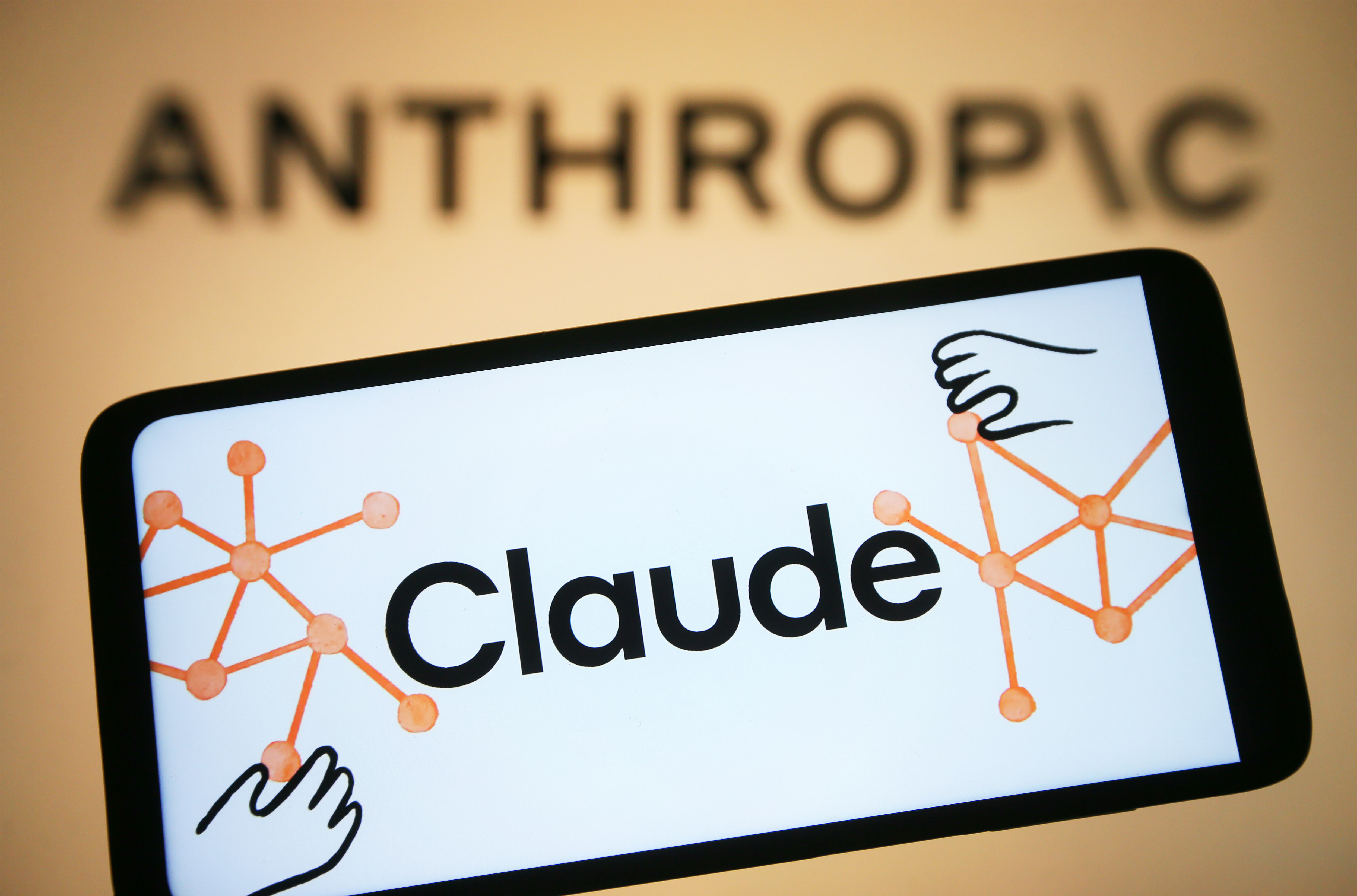How Anthropic’s Claude is Transforming the CIO/CTO/CDO Playbook

Artificial intelligence (AI) is fundamentally reshaping the software development landscape, and for CIOs, CTOs, and Chief Digital Officers (CDOs), the implications go far beyond the developer’s workstation. AI tools like Anthropic’s Claude are not only revolutionizing how code is written but also redefining how enterprises approach software development, innovation, and workforce transformation.
Here’s how these AI advancements are changing the game for technology leaders—and what it means for the future of enterprise strategy.
Claude, Anthropic’s AI-powered assistant, has swiftly become an indispensable resource in the $736.96 billion global software development market. By enabling context-aware coding, multi-file coherence, and intelligent decision-making, Claude has evolved from a mere coding assistant to a development partner.
Key Features CIOs/CTOs/CDOs Should Note:
Context Awareness: Claude can process up to 200,000 tokens, equivalent to a small codebase, maintaining coherence across development sessions.
Editing Precision: Beyond generating code, Claude knows when to delete and refine, ensuring high-quality output.
Cross-Functional Adoption: Teams outside IT, such as marketing and sales, are using Claude to automate workflows, creating a ripple effect of innovation across departments.
These capabilities position Claude not just as a tool for developers but as a strategic asset for organizations aiming to streamline operations, reduce time-to-market, and drive cross-departmental efficiencies.
Claude’s adoption has translated into tangible benefits for enterprises:
Efficiency Gains: Organizations like GitLab report 25-50% efficiency improvements among development teams, while Sourcegraph achieved a 75% increase in code insertion rates.
Cost Reductions: By automating routine tasks, Claude frees developers to focus on system architecture, code quality, and innovation, reducing operational bottlenecks.
Cross-Functional Enablement: Non-technical teams can now build and customize their own tools, reducing dependency on IT and fostering a culture of self-service innovation.
For CIOs and CTOs, these outcomes underline the strategic importance of adopting AI-driven development tools to maximize productivity while empowering a broader spectrum of employees to contribute to technical solutions.
The implications of AI like Claude extend far beyond accelerating code generation. They redefine the role of technology leaders in shaping organizational strategy.
Key Shifts for CIOs/CTOs/CDOs:
From Task Automation to Strategic Innovation: AI assistants are moving up the abstraction chain, enabling developers to focus on high-value tasks like system design and architecture.
Blurring Developer-User Boundaries: As AI democratizes coding, non-developers can now create solutions tailored to their needs, transforming the traditional developer-user dynamic.
Enhanced Agility: AI tools enable faster iteration cycles, allowing organizations to respond swiftly to market demands and technological shifts.
While the benefits of AI-powered tools are clear, they come with challenges that technology leaders must address:
Security Risks: Georgetown’s Center for Security and Emerging Technology warns of vulnerabilities in AI-generated code. CIOs and CTOs must implement robust code review processes and invest in AI-specific security training.
Code Quality: Studies show a potential increase in bugs with some AI tools, emphasizing the need for quality assurance measures and continuous monitoring.
Workforce Impact: As AI abstracts routine tasks, technology leaders must focus on reskilling and upskilling their teams to work at higher levels of technical abstraction.
By proactively addressing these challenges, CIOs, CTOs, and CDOs can ensure that AI adoption enhances organizational resilience and agility.
To fully harness the potential of AI tools like Claude, technology leaders should consider adopting Virtual Delivery Centers (VDCs). VDCs provide on-demand access to global talent, cutting-edge technologies, and scalable infrastructure, enabling seamless integration of AI into enterprise workflows.
How VDCs Support AI-Driven Development:
Scalable Resources: Rapidly deploy AI tools and expertise without the constraints of traditional infrastructure.
Global Expertise: Tap into a network of skilled developers and AI specialists to address specific project needs.
Cost Optimization: Reduce overhead by eliminating physical infrastructure requirements and leveraging cloud-based solutions.
Continuous Innovation: Experiment with new AI capabilities and deploy iterative improvements in real-time.
Real-World Impact:
Imagine deploying a VDC to integrate Claude across multiple teams. The VDC could facilitate training, streamline workflows, and provide real-time analytics, enabling the enterprise to maximize productivity and innovation while minimizing disruption.
Gartner predicts that by 2028, 75% of enterprise software engineers will rely on AI assistants. This trajectory demands a proactive approach from technology leaders:
Embrace Change: Foster a culture of continuous learning and adaptability within the organization.
Invest in AI Infrastructure: Build scalable platforms to support AI tools and ensure seamless integration with existing systems.
Focus on Strategic Leadership: Shift from operational oversight to driving innovation and business value through AI initiatives.
As AI continues to reshape the software development landscape, CIOs, CTOs, and CDOs have an unprecedented opportunity to redefine their organizations’ technological capabilities. Tools like Claude are not just enhancing how code is written—they’re transforming how enterprises innovate, compete, and grow.